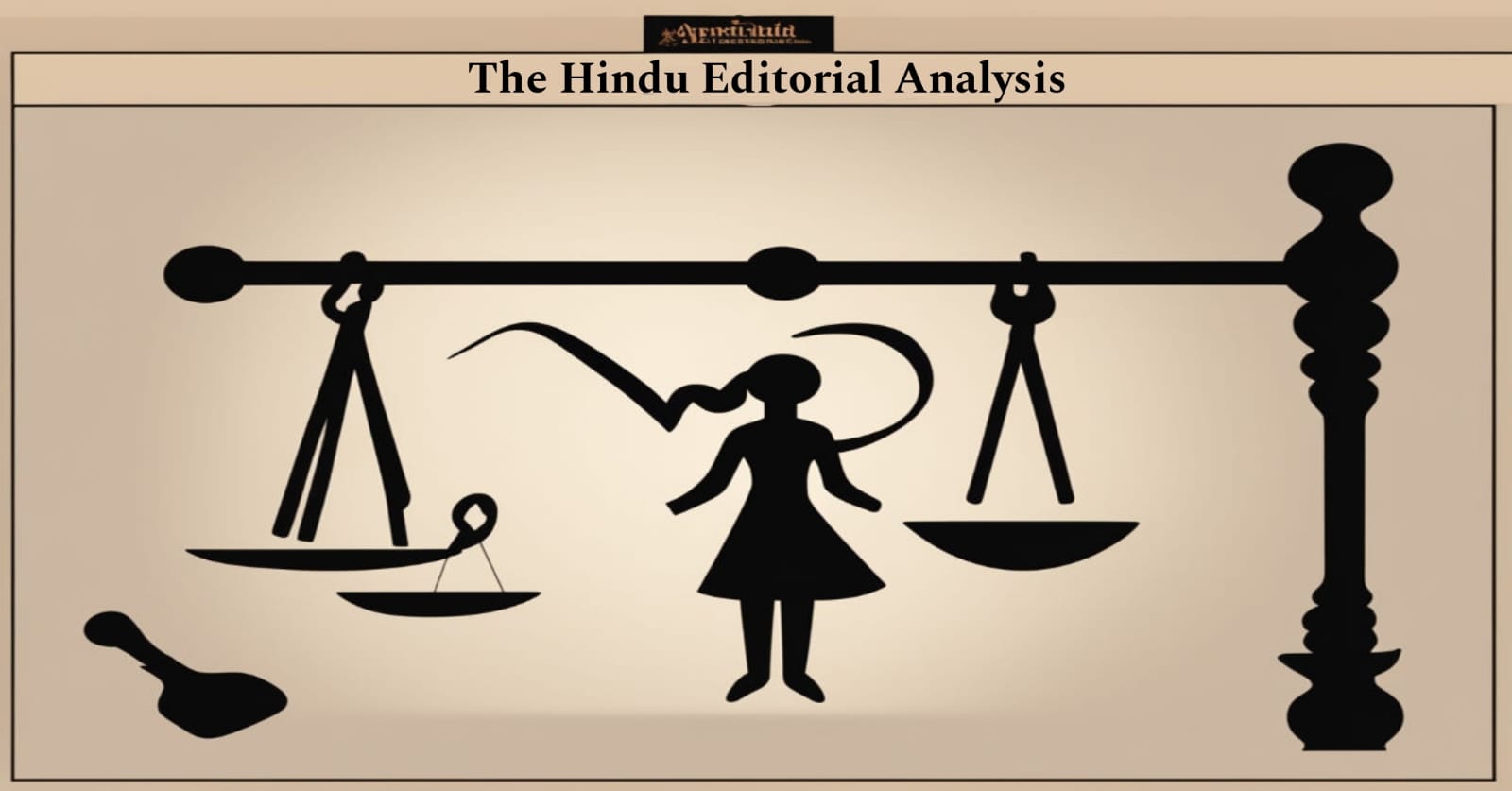Death Penalty for Rape: Key Highlights of the Aparajita Women and Child (West Bengal Criminal Laws Amendment) Bill, 2024
In response to a horrific crime of rape and murder in Kolkata, the West Bengal Assembly has enacted The Aparajita Women and Child (West Bengal Criminal Laws Amendment) Bill, 2024. In order to guarantee prompt and harsh punishment, the Bill suggests the death sentence or life in prison for a variety of rape offenses, including gang rape and rape by public employees. This is in line with an increasing number of Indian states that have been pushing for tougher punishments for sexual offenses in the past few years.
Although there is typically strong support for the death sentence in the wake of such horrific events, there is little proof that it serves as a deterrence. Even in the most exceptional of rape instances, the Justice J.S. Verma Committee has previously advised against the death penalty, claiming that it may be retrograde in terms of sentencing and rehabilitation. Ensuring that laws are implemented effectively and creating safer public areas and workplaces for women represent the true challenges.
Key takeaway: While enforcing stricter rules may give the impression of justice, changing society norms and making places safer for women are still the best ways to stop these kinds of crimes in the long run.
FAQs: The West Bengal Criminal Laws Amendment Bill, 2024, for Aparajita Women and Children
The Aparajita Women and Child Bill, 2024: What is it?
Ans: The West Bengal Assembly passed the Aparajita Women and Child (West Bengal Criminal Laws Amendment) Bill, 2024, which establishes the death penalty or life in prison for certain types of rape, such as gang rape, rape by public officials, and cases that result in death or a persistent vegetative state.Why was this Bill introduced?
Ans: The Bill was introduced following the rape and murder of a doctor at a Kolkata government hospital in August 2024, responding to public outcry for justice and more stringent punishment for sexual crimes.Does the death penalty deter sexual crimes?
Ans: Research and specialists, such as the Justice J.S. Verma Committee, contend that there is insufficient proof to support the idea that capital punishment deters sexual offenses. Reforming society and enforcing the law as it now could be a more effective way to lower these kinds of crimes.What does the Bill propose aside from the death penalty?
Ans: The Bill also adds the death penalty to the Protection of Children from Sexual Offenses (POCSO) Act in aggravated crimes and modifies existing legal frameworks, such as the Bharatiya Nagarik Suraksha Sanhita, to create special tribunals for quicker trials.What is the long-term solution to prevent sexual violence?
Ans: Legal improvements are vital, but societal transformation, safer homes and workplaces, and competent law enforcement are the long-term answers. Removing obstacles that impede women’s safety and growth will improve the administration of justice.India’s Economic Growth Outlook: Key Insights from the World Bank’s India Development Update 2024
India’s GDP growth estimate for 2024–2025 has been revised up by the World Bank to 7%, in line with forecasts from international organizations such as the IMF and ADB. India’s economic development continues to be strong in spite of global concerns such as geopolitical tensions and restrictive monetary policies. On the other hand, external concerns like rising prices and supply chain disruptions could have an impact on this expansion.
The necessity of creating non-farm jobs was emphasized as a crucial aspect, since India’s youthful labor force is demanding greater job options. Even with programs like Employment-Linked Incentives and Production-Linked Incentives (PLI) in place, they might not be sufficient. The World Bank emphasizes that India should reevaluate its trade policy, pushing it to take advantage of opportunities such as the “China plus one” shift, lower trade barriers, and change its mind about multilateral trade accords like the RCEP.
Key takeaway: India’s growth trajectory is solid, but in order to maintain this pace and keep the labor force engaged, authorities need to eliminate trade-related impediments and concentrate on adding more non-farm jobs.
FAQs: September 2024 World Bank Development Update for India
What is the World Bank’s GDP growth forecast for India in 2024-25?
Ans: India’s GDP growth estimate for 2024–2025 has been revised by the World Bank from 6.6% to 7%. This is in line with forecasts from other international organizations such as the IMF and ADB.What are the key risks to India’s growth as per the World Bank?
Ans: The World Bank identifies external risks that could have an impact on India’s growth prospects, including supply chain disruptions, inflationary pressures, and geopolitical concerns.What sectors are expected to drive growth in India this year?
Ans: Private consumption (expected to increase by 5.7%) and the farm sector’s recovery (estimated at 4.1%), which may increase demand in rural areas and attract private investment, are anticipated to be the main drivers of growth.What does the World Bank suggest for improving India’s trade performance?
Ans: To better take advantage of opportunities for international commerce, the World Bank advises India to reevaluate its trade policy, including lowering tariffs and non-tariff trade barriers and reevaluating involvement in multilateral agreements like the RCEP.Are current government schemes sufficient to generate jobs?
Ans: The World Bank points out that while programs like the Production Linked Incentive (PLI) and Employment-Linked Incentives are helpful, they might not be enough to generate the volume of non-farm jobs needed to engage India’s sizable and youthful labor force. It is crucial to strategically concentrate on creating jobs.📰 The Hindu Paper PDF
Access the latest edition of The Hindu Newspaper in PDF format by visiting the following link:
🔗 The Hindu ePaper Reader
